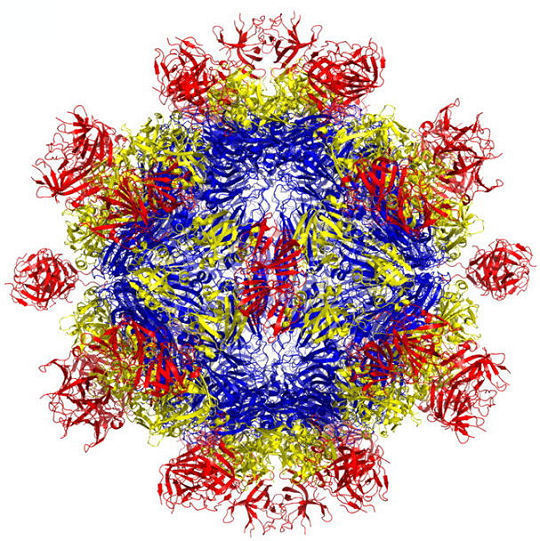In the world of quality systems, two primary types of metrics are used to measure the performance of business processes: performance metrics and diagnostic metrics.
Performance Metrics measure end-of-process outcomes. The two most used in the recruiting world are Cost per Hire and Fill Cycle Time.
Performance metrics speak to outcomes of the process but give no insight as to the quality of the in-process transactional performance of the organization’s hiring managers and HR partners.
Diagnostic Metrics, on the other hand, provide data illustrating where the enterprise is failing in the execution of specific process transactions.
Quality systems must leverage diagnostic metrics to deliver the data required to either benchmark or monitor changes in the effective performance of specific recruiting transactions. Without this data, recruitment quality systems will not be positioned to identify opportunities to achieve optimal value from continuous improvement initiatives.
Diagnostic metrics tell you where your process is failing.
Using in-process testing of manufacturing outcomes, leaders in manufacturing quality systems can identify the specific points in the manufacturing process where failures are occurring.
This is the first step in improving the performance of either manufacturing or recruiting operations, because you simply can’t fix what you can’t see.
Recruiting organizations, using analytics embedded in their Applicant Tracking Systems (ATS), can already identify the specific points in the recruitment process where recruiters and hiring managers are experiencing transactional failures, so the next step is to identify why the failures are occurring.
Diagnostic metrics tell you where you can elevate performance with process improvements or training in transactional best practices.
Once a source of failure is identified by a manufacturer, further analysis is performed to isolate the root cause(s) of the failure. Once a root cause is identified, the manufacturer can then determine the best available methods to move toward its elimination, and the costs of process quality associated with the failure.
Recruiting organizations have much the same opportunity. Once ATS-generated process failure data identifies the specific transactions in the recruiting process that are producing in-process failures, the recruiting organization can conduct further analysis to determine whether the root cause of the failure is associated with a flawed process transaction, ineffective tools or execution practices, or poor transactional performance on the part of team members, either on an individual basis, or across the organization.
Diagnostic metrics eliminate in-coming quality, scrap, and rework costs.
By removing raw materials and Work in Process (WIP) failing either incoming or in-process testing, the manufacturer effectively stops investing in poor quality or scrap materials.
Similarly, through the identification and analysis of in-process failures, recruiting organizations can improve their ability to identify and eliminate candidates who are poorly qualified, mismatched to the job or culture of the organization, or in personal or professional situations that will block their ability to change jobs.
The identification, validation, and adoption of diagnostic metrics for recruitment quality systems, though, has proven to be either an unanswered challenge or an overlooked performance improvement opportunity for many recruiting organizations.
Financially, however, the effort required to integrate diagnostic metrics to recruitment quality systems is more than justified.
By first assigning cost values to specific recruiting transactions, then determining failure rates at defined testing/measurement points in the recruitment process, recruitment quality systems leaders can determine the costs of process quality associated with specific transactional failures.
As the demand (and cost) for both specialized and generically skilled candidates continue to increase at an increasing rate, recruiting organizations are seeking ways to improve performance while containing costs.
To date, their focus has been on controlling the cost of sourcing candidates, bringing about a broad rise in the use of Recruitment Process Outsourcing (RPO) resources, and the pursuit of digital sourcing excellence.
While the use of RPO and digital sourcing strategies are certainly effective ways of containing the cost of sourcing candidates, there appears to be a tremendous opportunity to eliminate equal or greater costs of recruiting process quality through the integration and use of diagnostic metrics.
Just ask any manufacturing quality systems leader. They’ll tell you that reducing costs of raw materials doesn’t do you much good if your factory is giving away those savings, and more, because of undetected or uncorrected in-process failures.
If you suspect your recruiting process is leaking cash, but have no way of proving it, the time is probably right for you to look beyond the insight provided by performance metrics, and into the value delivered through the integration of diagnostic metrics to your recruiting quality systems.




